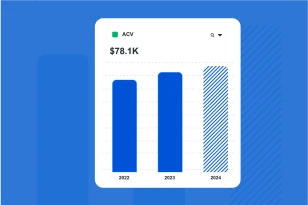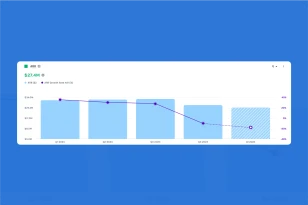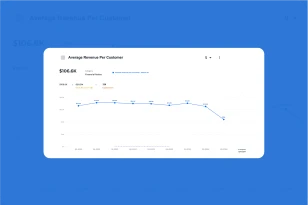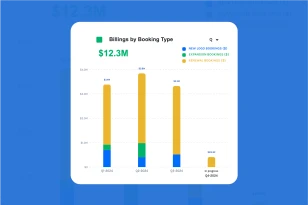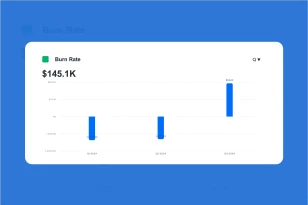What is Free Cash Flow?
Free Cash Flow (FCF) is a financial metric that represents the amount of cash generated by a company’s operations that is available for distribution to investors, debt reduction, or reinvestment in the business. It is a key indicator of a company’s financial health, reflecting its ability to generate cash after covering operating expenses and capital expenditures.
Why is Free Cash Flow important?
Measuring Free Cash Flow is crucial for assessing a company’s financial flexibility and sustainability. Unlike accounting profits, which may be influenced by non-cash items, free cash flow provides a more accurate picture of a company’s cash-generating ability. Positive free cash flow indicates that a company is generating more cash than it is using, allowing for potential dividend payments, debt reduction, strategic investments, or other value-creating activities.
How do you calculate Free Cash Flow?
Free Cash Flow is calculated by subtracting capital expenditures (CapEx) from operating cash flow. The formula is as follows:
Free Cash Flow Formula
Operating Cash Flow − Capital Expenditures
How to Improve Free Cash Flow
Improving Free Cash Flow involves strategies that enhance cash generation and optimize cash utilization.
- One key approach is to focus on operational efficiency and cost management. Streamlining processes, reducing unnecessary expenses, and improving overall efficiency contribute to higher operating cash flow.
- Effective working capital management is another critical aspect of improving Free Cash Flow. This includes optimizing inventory levels, managing accounts receivable and accounts payable, and minimizing the time it takes to convert sales into cash.
- Companies can also explore strategies to reduce capital expenditures or make more efficient use of capital. Prioritizing investments that generate a positive return and avoiding unnecessary or low-return projects contribute to higher free cash flow.
- Additionally, optimizing pricing strategies, exploring new revenue streams, and identifying opportunities for cost-saving initiatives contribute to improved profitability, positively impacting free cash flow.
- Regularly monitoring and analyzing the components of free cash flow, as well as making data-driven decisions based on changing market conditions, allow companies to adapt and optimize their operations to enhance free cash flow over time.
By implementing these strategies, a company can enhance its Free Cash Flow, ensuring it has the financial resources necessary for sustained growth and resilience in dynamic business environments.

